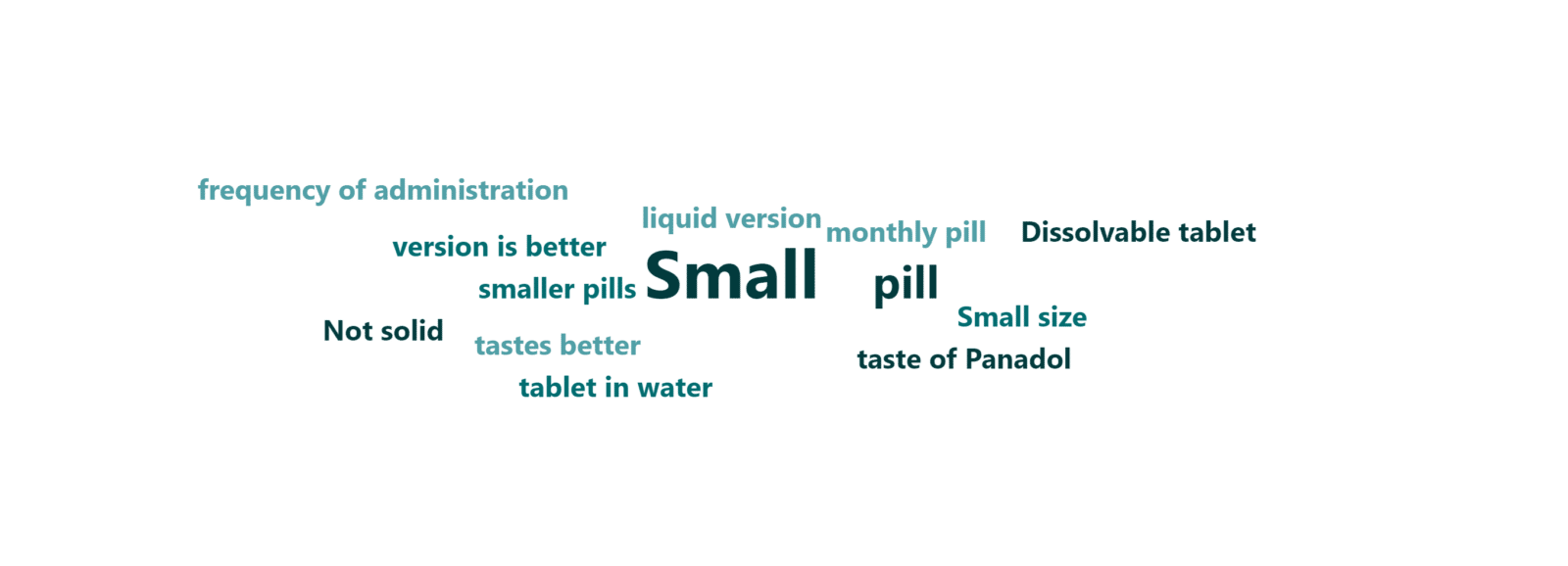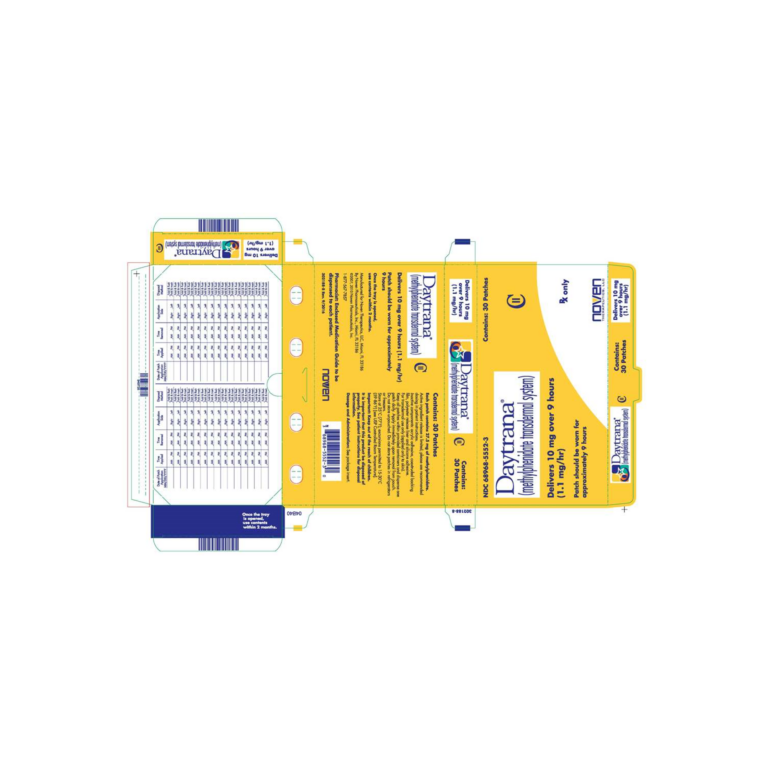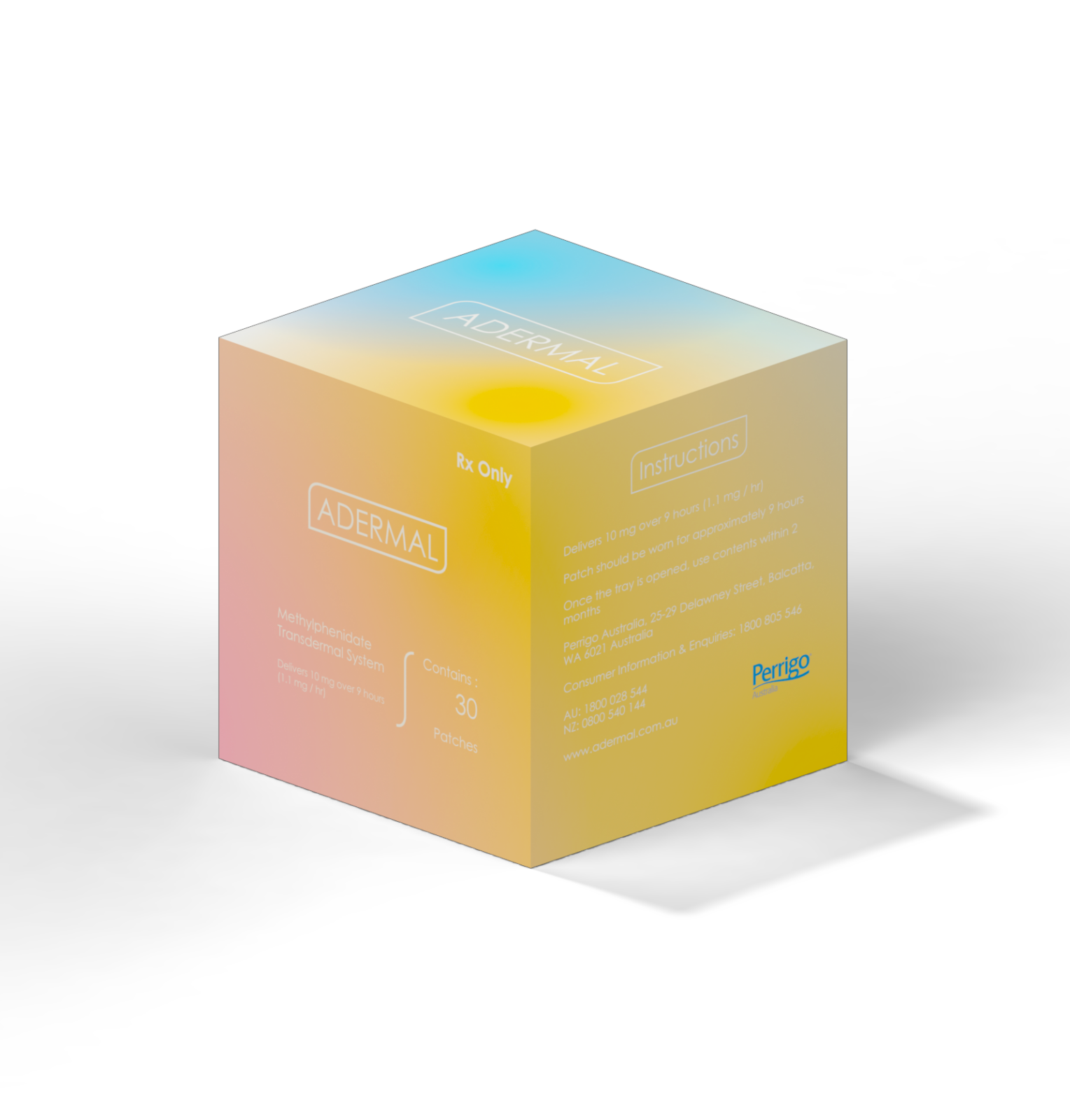So about a year ago, I was talking to my mates who study medicine at UQ, and this question popped up during our chat:
“How can we improve the treatment experience for chronic patients?”
A chronic condition is a health condition or disease that is persistent and lasts from three months, to forever in your life. Imagine a life where you must take the same medication every day to keep going. According to AIHW (Australian Institute of Health and Welfare), 47% of Australians have 1 or more chronic conditions! These people usually take medication very often, and usually in pill form.
what’s the point of seeing the doctors if you don’t take the medication?
what factors can make someone stop taking their treatment?
Using Microsoft forms, I asked a basic question to 24 people about how they rate their experience of taking Panadol. And What can we do to make taking Panadol a more enjoyable experience?
And what I found out was that people hate taking medication in pill form.
The overall score of 2.92 out of 5 stars completely aligns with my literature reviews that many people dislike or even fear swallowing pills in general.
What if I told you
There is another technology that has been around for years! It has the same benefits as pills and has fewer side effects!
Transdermal Patches
Most people know about transdermal patches already. For example, Nicotine patches are actually Transdermal patches. It works by absorbing the medication through your skin.
In fact, many drugs today can be purchased as a transdermal patch instead of a pill. My survey also showed that people would be more inclined to take their medication if it was a patch instead.
The goal of this project became eliminating the pain points of transdermal patches. This way we can make it the preferred form of treatment and overall improve patient compliance. This also tackles our initial project topic of “How can we improve the treatment experience of a chronic patient?”
Redesigning the user experience
user group
For the purpose of creating a real-life prototype, I have chosen methylphenidate as my medication to redesign its transdermal patch packaging design. Normally, Methylphenidate (also known as Ritalin) is a drug prescribed for ADHD. ADHD is a common chronic condition and people with ADHD will live with this condition for the rest of their life. Transdermal methylphenidate patches can give them much more benefits compared to their pill counterpart. Firstly, the patch can be applied just once in the morning and taken off at night, allowing a one-time application rather than a pill every couple of hours. Secondly, the patch can absorb medication at a constant and consistent pace, compared to the high and low concentrations of pills which can give negative side effects such as nausea.
This specific example is a transdermal patch medication for ADHD and has 30 Methylphenidate patches in the box. My box design is aimed to relocate and categorize the texts to be less cluttered and readable for its users. The fine print that was squished before is now spread across 4 sides of the box and is categorised.
Graphic Layout
This specific example is a transdermal patch medication for ADHD and has 30 Methylphenidate patches in the box. My box design is aimed to relocate and categorize the texts to be less cluttered and readable for its users. The fine print that was squished before is now spread across 4 sides of the box and is categorised.
Inner box design
Transdermal patches need to be carefully disposed of. Even if you take the patch off your skin, it can still have residue left on the patch’s surface.
The inner box is designed to have two main compartments. The bottom half is where the 30 transdermal patches will be stored, and the collection tray above is to put away the used transdermal patches, opened packets and any waste there is. This is designed to help the user dispose of medical packaging easily and safely. On top of that, it also allows doctors to keep track of the patient’s usage. On the back, there is a timetable that can help patients track their usage patterns. On the left and right sides, there are instructions on how to open and use the packet and patch.
Packet design
Patch design
The redesign involved experimenting with the pull tab mechanism. My goal was to make this an easier two-handed operation that could also be easily used with one hand. As seen in the figures here, the vertical pull tab is pulled away to reveal the adhesive. Then the rest can be easily peeled off to easily apply the patch to the skin. This is a drastic improvement on the original design of the patch. During my think-aloud protocols, all the participants showed signs of their fingers accidentally touching the adhesive and the medicine as well, because the tabs were too small.
Now here’s a video that demonstrates how Adermal works in real life!



























